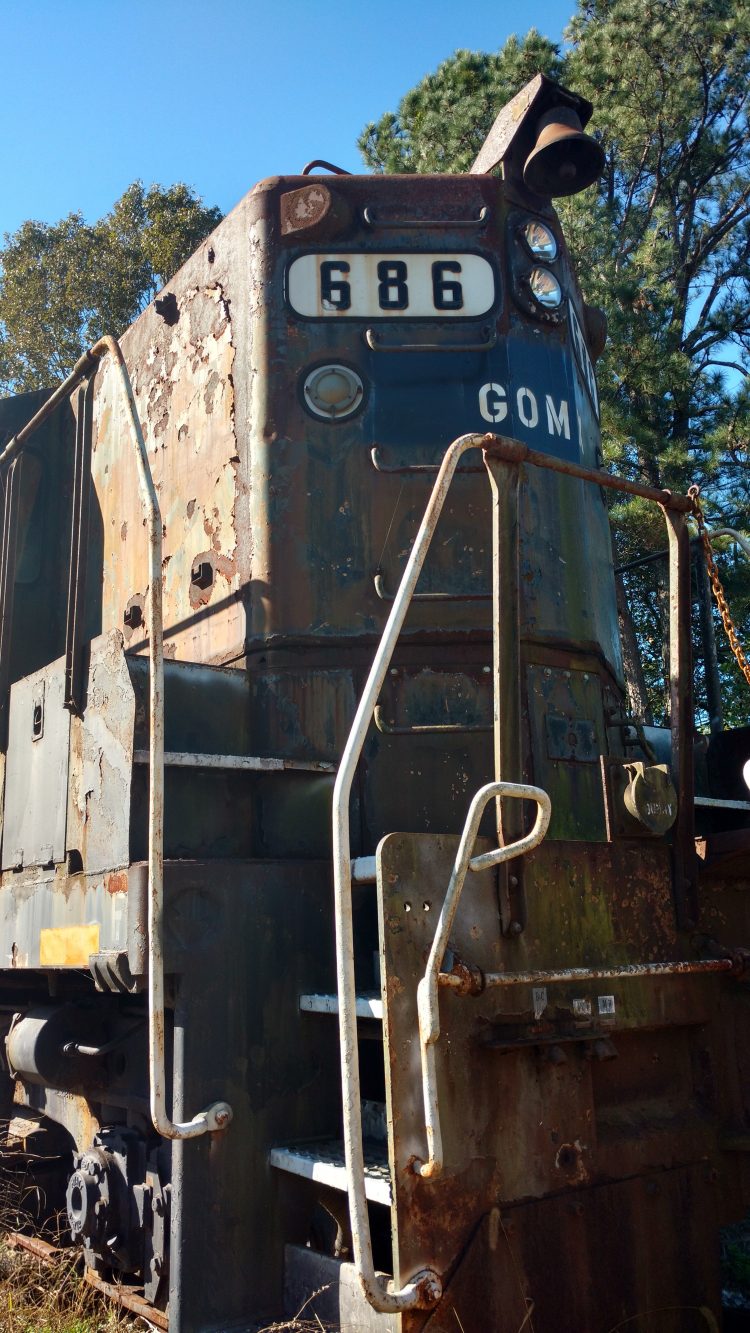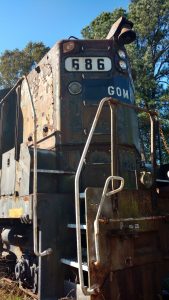I love riding my motorcycle through rural Georgia. In my travels, I frequently pass through small towns, or more appropriately, the ghosts of those towns. There are still people and buildings and some businesses there, but you can tell that they’re shadows of what they once were. Bostwick, Talmo, Homer, Newborn, Maysville, Apalachee, just to name a few.
These forgotten towns all have one thing in common – the railroad. You can’t get away from it. Many of them have some kind of monument to the railroad – old railroad cars, a “railroad park,” the old depot buildings. There’s always a track somewhere, or a crossing. Many a time I’ve passed a rail crossing that hasn’t been used in many years. The tracks and signals are there, but the grass grows high and the rust thick.
There are many railroads in the modern economy. They’re technologies that can make or break a town, a city, an industry. The difference is that they pass ever more quickly. A simple example is media. William Randolph Hearst became one of the wealthiest men in the world by building an newspaper empire. Less than 75 years after his death, the New York Times CEO predicts that print has maybe another 10 years. In my lifetime, we’ve gone from listening to music on vinyl albums to magnetic tape to compact discs to MP3 to streaming. (By the way, according to the creators of the MP3 format, it’s dead, too.)
There are many railroads in the modern economy. They're technologies that can make or break a town, a city, an industry. The difference is that they pass ever more quickly. Share on XMake sure that when you’re designing your product… or your town’s next move… or your city… or a new industry… that you’re ready to change. Make sure that your overall concept is sound, and that it’s not tied to a technology that may go away. Any financial professional will tell you to diversify your offerings. Products and services are much the same. Make sure that what you’re offering can flow to a new channel, a new delivery mechanism… a new railroad.

